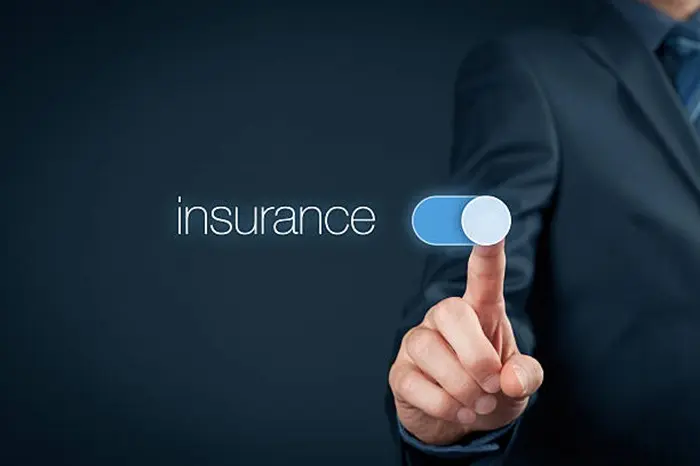Auto insurance is an essential tool for protecting your financial well-being on the road. While many drivers focus on the benefits and coverage types—such as liability, collision, and comprehensive insurance—they often overlook a critical aspect: the exclusions. Understanding what your auto insurance does not cover is just as important as knowing what it does. By identifying these gaps, you can make informed decisions, avoid costly surprises, and ensure better protection in real-world situations.
In today’s insurance market, policies are highly detailed and governed by various terms and conditions. It’s important to note that just because you have a policy doesn’t mean you’re covered in every situation. From intentional acts to mechanical failures, there are specific areas that fall outside the scope of a standard auto policy. In this article, we will examine these exclusions in depth and discuss how you can navigate them, keeping an eye on insurance trading strategies and understanding the role of insurance price in shaping your options.
What Does Auto Insurance Not Cover?
1. Intentional Acts and Criminal Behavior
One of the most common exclusions in auto insurance is intentional damage. If you deliberately damage your own vehicle or use it to cause harm, your insurer will not pay for the damages. Similarly, if you’re involved in criminal activities—such as using your car for a robbery—your policy will become void for those incidents.
2. Wear and Tear or Mechanical Failures
Auto insurance does not function like a maintenance policy. Routine wear and tear, such as brake pads wearing out or oil changes, is not covered. Mechanical failures due to poor maintenance are also excluded. These costs are the responsibility of the vehicle owner.
3. Using Your Vehicle for Commercial Purposes Without Proper Coverage
If you use your vehicle for rideshare services like Uber or Lyft, or for delivery services without notifying your insurer and getting the appropriate endorsement, any damages incurred during that use may be excluded. Commercial auto insurance or a rideshare endorsement is typically required.
4. Racing and Off-Road Use
Standard auto insurance policies do not cover damages that occur while racing or during off-road use. Whether it’s a drag race or a sanctioned race event, your insurer will exclude those claims. The same goes for using your vehicle on rugged, non-paved terrains unless explicitly allowed.
5. Acts of War or Nuclear Hazards
This may sound extreme, but most policies contain exclusions for acts of war, terrorism, or nuclear incidents. While rare, these clauses are standard in many insurance contracts to protect insurers from unquantifiable risks.
6. Driving Without a Valid License or Under the Influence
If you’re caught driving without a valid license or under the influence of drugs or alcohol, any damage you cause will likely not be covered. Insurers consider these as gross violations of legal and policy standards.
7. Damage to Personal Belongings Inside the Car
Your car insurance does not usually cover personal items left inside your vehicle, such as laptops, phones, or luggage. These fall under renters or homeowners insurance policies. It’s crucial to understand this when calculating potential losses after a break-in.
8. Custom Parts and Equipment Without Notification
If you’ve made aftermarket modifications—such as adding custom rims, sound systems, or performance parts—without disclosing them to your insurer, any damage to those parts may not be covered. Always declare customizations when purchasing your policy.
9. Ride-Along Passengers in Business Vehicles
Even if you have business vehicle coverage, bringing non-authorized passengers during work duties (like a friend during delivery rounds) could void part of your coverage, depending on the terms set forth in the policy.
10. Natural Disasters Without Comprehensive Coverage
While liability and collision policies handle basic accidents, only comprehensive coverage protects against natural disasters like floods, fires, or falling trees. If you only have liability coverage, damage from these events will not be paid for.
11. Excluded Drivers Listed on Your Policy
If someone is specifically excluded from your policy—say, a high-risk relative who lives in your household—and they drive your car and cause an accident, your policy won’t provide any coverage. These exclusions are legally binding.
12. Rental or Borrowed Vehicles Without Endorsements
Not all policies extend to rental cars or borrowed vehicles. If you’re using someone else’s car or renting one, you may need to purchase additional insurance unless your policy explicitly extends coverage.
13. Policy Lapses or Expired Coverage
If your premium payments are late and your policy lapses, any accident during that period will not be covered. It’s crucial to keep your policy active and in good standing to avoid such gaps in protection.
14. Punitive Damages in Legal Cases
Auto insurance typically covers compensatory damages but not punitive damages. If a court awards punitive damages to a third party in a lawsuit, you may have to pay those out of pocket.
15. Using the Vehicle Outside the Coverage Area
Most policies are written for specific geographical areas. If you drive your car in a country not covered by your policy and have an accident, your insurer may deny the claim. Always check if your travel plans are covered.
The Role of the Insurance Market
The structure and competitiveness of the insurance market influence how exclusions are defined and regulated. As policies evolve, exclusions often reflect broader trends in risk management, underwriting innovations, and customer behavior. Understanding this helps policyholders stay updated and avoid outdated assumptions about what is or isn’t covered.
Insurance Trading and Policy Adaptation
Insurance trading—the practice of transferring risk portfolios in financial markets—also affects policy design. Insurers may modify exclusion clauses depending on risk appetite or reinsurance models. For consumers, this means being vigilant about reading updated policy documents and endorsements during each renewal cycle.
How Insurance Price Influences Exclusions
The insurance price you pay isn’t just about your driving record—it also reflects the exclusions built into your policy. A cheaper policy might look attractive but could contain more exclusions. Conversely, a higher-priced policy may include fewer exclusions and broader protection. Comparing prices must always involve analyzing what’s actually covered.
Tips to Manage and Avoid Coverage Gaps
Read your policy documents carefully before signing anything.
Ask your agent or insurer to clarify any exclusions you don’t understand.
Disclose all vehicle uses such as business or rideshare.
Maintain your vehicle to reduce breakdown-related exclusions.
Consider add-ons or endorsements for unique needs like off-roading or custom equipment.
Conclusion
Auto insurance provides essential financial protection, but it is not all-encompassing. By understanding what is not covered—ranging from intentional damage to commercial use—you can better manage your risks and protect yourself. The modern insurance market is dynamic, influenced by factors such as insurance trading practices and changes in insurance price structures. Don’t wait until a denied claim teaches you the hard way. Instead, review your policy, explore endorsements, and consult your insurer regularly to close potential gaps. Being proacti
Related topics:
































